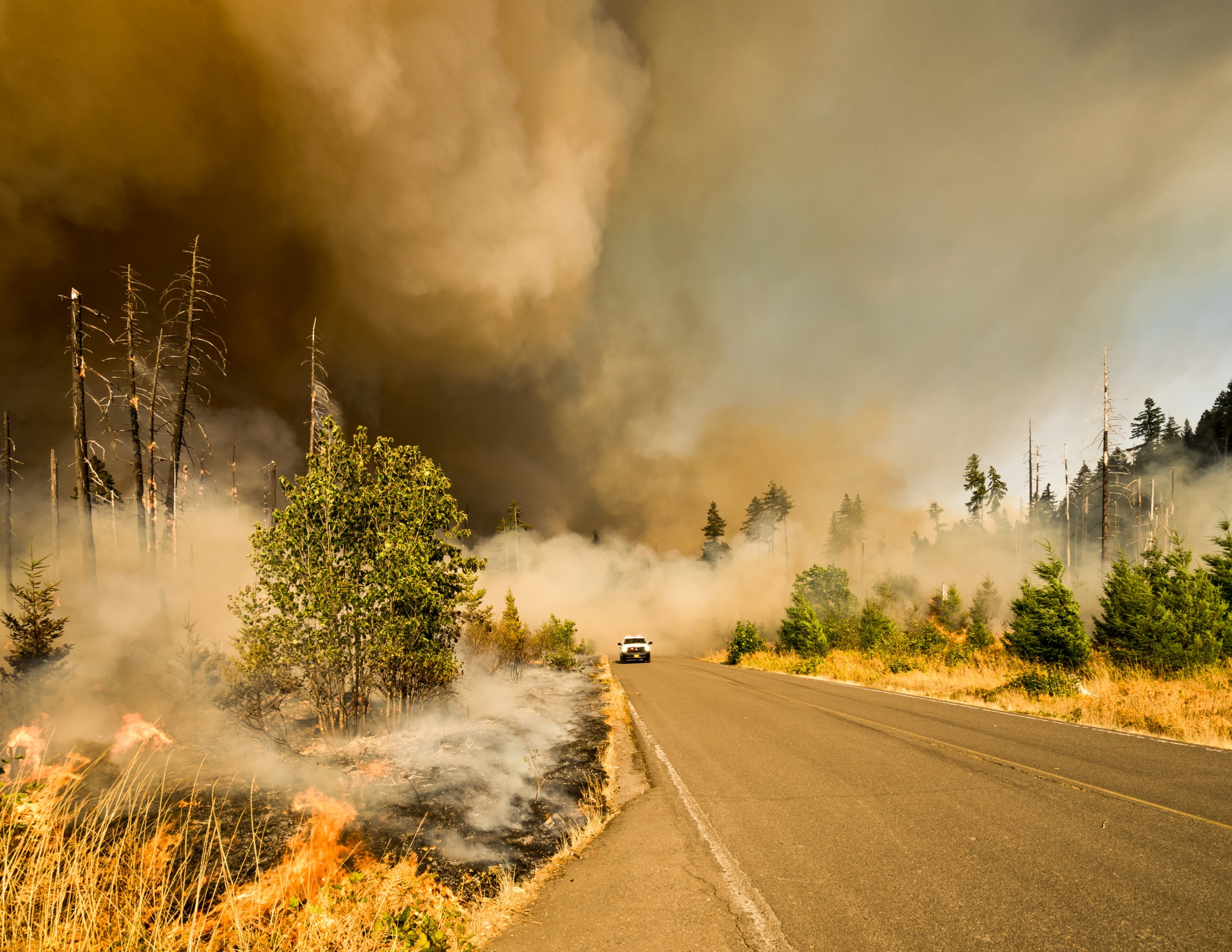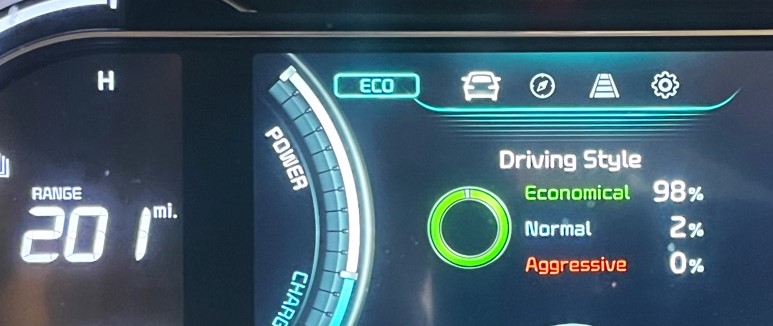
Getting to 50%: Resources related to President Biden’s bold climate goal

On Earth Day, April 22, President Joe Biden committed the United States to reducing the nation’s net greenhouse gas emissions by 50 to 52 percent below 2005 levels by 2030.
It’s a necessary goal to protect people and ecosystems from the worst impacts of global warming. And it’s an achievable goal — if we act boldly and start now.
Environment America Research & Policy Center, U.S. PIRG Education Fund and Frontier Group have worked for decades to identify and promote solutions to the climate crisis. We have compiled this list of resources to help the public and decision-makers understand and act on the key components of President Biden’s announcement.
“… reach 100 percent carbon pollution-free electricity by 2035 …”
-
Renewables on the Rise (2020) tracks the stunning growth of renewable energy in America over the last decade — including a 30-fold increase in solar energy and a four-fold increase in wind power.
-
We Have the Power (2016) reviews the nation’s renewable energy potential and shows that a future of 100% clean and renewable energy is within our reach.
-
Detailed reports on specific building blocks of a clean energy future:
-
Offshore Wind for America (2021) finds that America’s offshore wind resources have the technical potential to provide “almost two times the amount of electricity the U.S. consumed in 2019.”
-
Shining Cities (2020) highlights the nation’s top cities for solar energy, finding that 90 percent of surveyed cities “doubled their total installed solar PV capacity between 2013 and 2019.”
-
Making Sense of Energy Storage (2018) describes the rapid advances in energy storage technology and the role it can play in helping move the U.S. toward clean energy.
“… cut emissions and energy costs for families by supporting efficiency upgrades and electrification in buildings …”
-
Electric Buildings (2021) reviews the remarkable advances in technologies that can replace fossil fuels used for heating and cooking in our homes and businesses. The report found that electrifying the vast majority of America’s residences and commercial spaces by 2050 could lead to dramatic reductions in net greenhouse gas emissions from the residential and commercial sectors.
-
Solar Homes (2018) found that requiring solar panels on new home construction could add more than 200 GW of solar capacity to the U.S. by 2045, and that in combination with electrification and improved efficiency, solar homes could get much of their power from on-site renewable energy.
“… reduce carbon pollution from the transportation sector … ”
-
Destination: Zero Carbon (2020) lays out a three-part vision for decarbonizing transportation: phasing out the sale of internal-combustion cars and light trucks by 2035; electrifying public transportation; and doubling the number of people traveling on foot, by bike, or on transit by 2030.
-
Expanding access to charging for electric vehicles is a critical part of decarbonizing transportation.
-
Plugging In (2018) provides recommendations for cities and towns preparing for the arrival of electric vehicles. It calls attention to the need for public charging infrastructure, which can enable adoption of EVs by residents of dense neighborhoods and multi-family dwellings.
-
Increasing the number of electric vehicle chargers is essential, but so is making it easier for the public to access and operate them. Ready to Charge (2019) includes suggestions for how to get the most value out of our investment in EV charging infrastructure.
-
Cities and towns have a critical role to play in the transition to EVs. An Electric Vehicle Toolkit for Local Governments and Texas Communities (2021) includes a wealth of strategies local governments can use to encourage EV adoption.
-
There is no silver bullet solution to decarbonizing transportation, and every city and state will need to take its own approach. A New Way Forward (2016) reviewed the many tools and strategies available to decarbonize transportation in every type of American city and town, while 50 Steps Toward Carbon-Free Transportation (2016) listed federal policy options to speed the transition.
“… reduce emissions from forests and agriculture and enhance carbon sinks …”
-
Blueprint for America (2020) highlighted the critical role of “natural infrastructure”— forests, wetlands and other natural areas— in both achieving the nation’s environmental goals and protecting America from the impacts of climate change. It also suggested several concrete policy steps to enhance and protect our natural lands.
“… reduce non-CO2 greenhouse gases …”
-
Natural Gas and Global Warming (2016) summarized research on the impact of methane leakage on climate change and argued that the most environmentally responsible path is to reduce our overall dependence on gas.
“Invest in infrastructure and innovation.”
-
Blueprint for Tomorrow (2019) lays out a new vision and key principles for federal infrastructure policy to ensure that infrastructure helps solve our nation’s biggest challenges, including global warming.
-
Blueprint for America (2020) translates these principles into a set of more than 30 infrastructure proposals, including in the critical climate areas of energy, transportation and solid waste.
Other resources:
-
Carbon Pricing 101 (2021) highlights the importance of carbon pricing as a tool in achieving large, rapid reductions in greenhouse gas emissions, reviews the experience of state carbon pricing programs in the U.S., and tracks the growing popularity and reach of carbon pricing around the world.
-
Meeting the nation’s bold greenhouse gas emissions goals means taking a “first, do no harm” approach to building new infrastructure. Our series of “Highway Boondoggles” reports review highway projects that are poor uses of public resources and inconsistent with an aggressive approach to addressing climate change.
Photo: bravajulia – iStock
Topics
Authors
Tony Dutzik
Associate Director and Senior Policy Analyst, Frontier Group
Tony Dutzik is associate director and senior policy analyst with Frontier Group. His research and ideas on climate, energy and transportation policy have helped shape public policy debates across the U.S., and have earned coverage in media outlets from the New York Times to National Public Radio. A former journalist, Tony lives and works in Boston.
Find Out More

Five key takeaways from the 5th National Climate Assessment

Carbon dioxide removal: The right thing at the wrong time?

Fact file: Computing is using more energy than ever.

